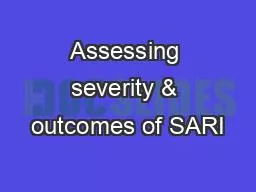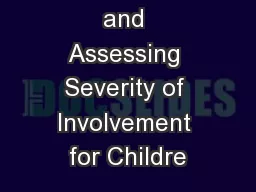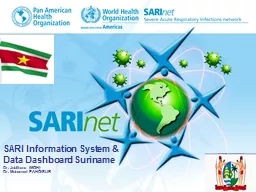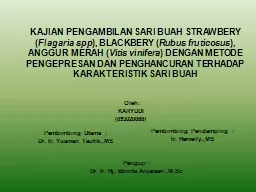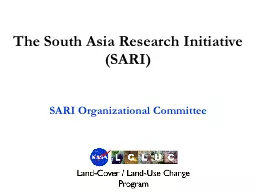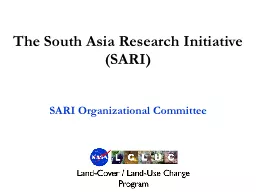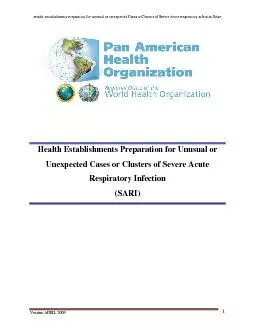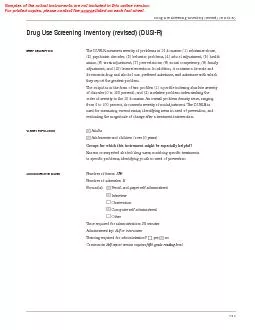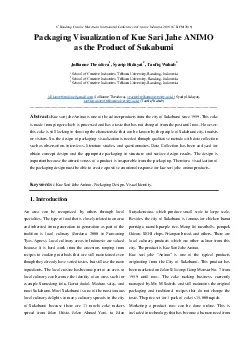PPT-Assessing severity & outcomes of SARI
Author : bikersphobia | Published Date : 2020-08-29
Dr Gail Carson wwwisarictghnorg ISARIC1 ERS PREPARE Amsterdam November 2017 Over the next 20 mins Definition Flu pandemic 20092010 reflection WHO Framework how
Presentation Embed Code
Download Presentation
Download Presentation The PPT/PDF document "Assessing severity & outcomes of SAR..." is the property of its rightful owner. Permission is granted to download and print the materials on this website for personal, non-commercial use only, and to display it on your personal computer provided you do not modify the materials and that you retain all copyright notices contained in the materials. By downloading content from our website, you accept the terms of this agreement.
Assessing severity & outcomes of SARI: Transcript
Download Rules Of Document
"Assessing severity & outcomes of SARI"The content belongs to its owner. You may download and print it for personal use, without modification, and keep all copyright notices. By downloading, you agree to these terms.
Related Documents

